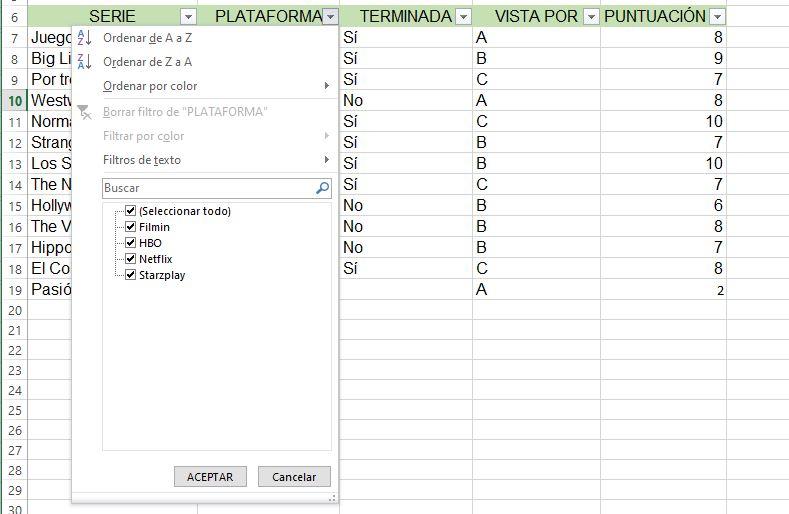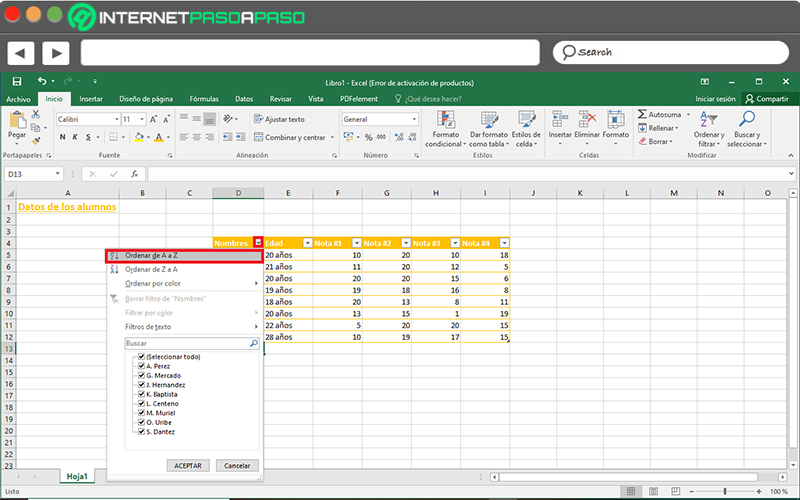
If the X% observation is a tie, then the format is applied to all cells that contain that value. For example, if the column contains 10 observations and you specify 33%, then the format is applied to the cells that contain the lowest 3 observations. If X% of the observations is not an integer, then Minitab rounds down. The observations in the column are ranked from lowest (smallest) to highest (largest), and the format is applied to the cells that contain the lowest X% of the observations, where X is the specified percentage. Use this option to format the cells that contain the lowest values in the column by percentage.

Choose Data > Conditional Formatting > High/Low > Highest Percentage.

For example, if the column contains 10 observations and you specify 33%, then the format is applied to the cells that contain the highest 3 observations. The observations in the column are ranked from highest (largest) to lowest (smallest), and the format is applied to the cells that contain the highest X% of the observations, where X is the specified percentage. Use this option to format the cells that contain the highest values in the column by percentage.


Do one of the following to open the dialog box:.If the X th observation is tied with other values, then the format is applied to all cells that contain that value. The observations in the column are ranked from highest (largest) to lowest (smallest), and the format is applied to the cells that contain the highest X observations, where X is the specified rank. Use this option to format the cells that contain the highest values in the column by rank.


 0 kommentar(er)
0 kommentar(er)
